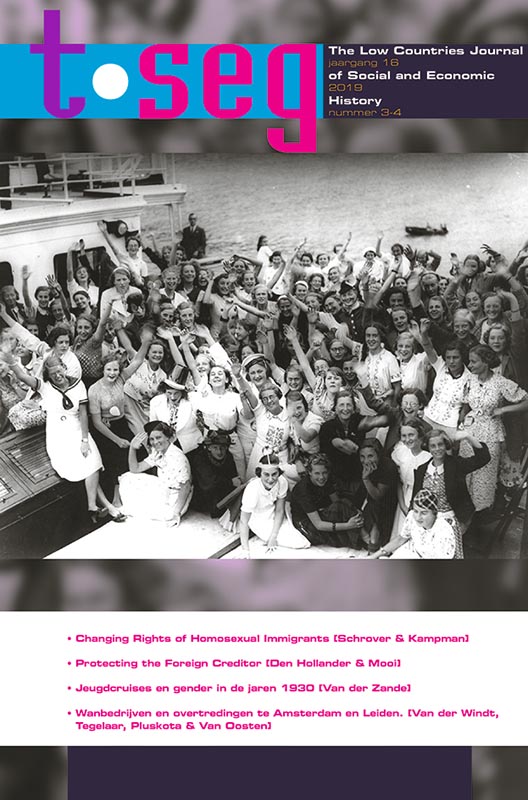Protecting the Foreign Creditor – International Insolvency in Early Modern Amsterdam and Frankfurt am Main
DOI:
https://doi.org/10.18352/tseg.1060Keywords:
International political economy, reciprocity, bankruptcy law, insolvency, institutional history, Amsterdam, Frankfurt am Main, Dutch Golden AgeAbstract
In early modern Europe, insolvency was an inherently localized procedure. Whereas merchants and investors operated as part of an internationalizing economy,financial misfortune was treated by local authorities in cities such as Amsterdam and Frankfurt am Main. Throughout the early modern period, increasing levels of communication between municipal authorities on such matters can be observed. Governments cooperated in order to support their citizens’ position as creditors of a foreign debtor. The case study of the Amsterdam insolvent Gasparo Schellekens displays how the Amsterdam Desolate Boedelskamer used tailor-made forms of communication to allow both local and foreign creditors to participate in its insolvency procedure on an equal footing. We will argue that reciprocity rather than competition formed the basis of this open access institution, much to the benefit of all parties involved.






